The biggest part of seeing is knowing what to expect.
Peterborough Examiner – May 5, 2023 – by Drew Monkman
“The world’s favorite season is spring. All things seem possible in May.”
– Edwin Way Teale
Although it seems foolish to talk of a favourite month, for anyone who takes pleasure in watching the seasons unfold, May has no equal. All of the promises that nature has been making since the winter solstice are fulfilled this month. Tropical migrants are pouring in, leaves and flowers are bursting out all around us, and warm weather has finally arrived.
May usually begins with tree branches bare to the sky, but this year the usual leaf-out timetable has been greatly accelerated. Recording-breaking temperatures in mid-April – 28 C for three days in a row – hastened the emergence of leaves more than any year I can recall. Aspens, willows, lilacs and even some maples were already clad in partially open leaves by April 16. This is about two weeks earlier than usual. Many native wildflowers like bloodroot and hepatica also came into bloom well-ahead of the typical date.
With three weeks of cool, wet weather finally giving way to sunshine and warm temperatures in the coming days, the emergence of leaves and flowers will quicken once again. City streets and rural landscapes will be awash in pastel green and wine-coloured leaves, punctuated by the yellow flowers of Norway and sugar maples and the white blossoms of serviceberries and cherries. For those who take time to appreciate its subtleties, the spring colour spectacle is every bit the equal of fall. It doesn’t last long, however. By month’s end, a veil of deeper green, fully-emerged leaves will completely shroud our woodlands.
Forest floors will soon be carpeted with rafts of white trilliums, fields will glow with dandelion gold, and roadside lilacs will bow heavy with mauve blossoms. Although lilac may be the sweetest fragrance of the month, balsam poplar is the most pervasive. Add to this the smell of wild cherry blossoms and freshly mown grass, and you have a scent cocktail that almost screams, “This is May!”
Not that all is idyllic. The month often advances in fits and starts depending on the vagaries of the weather. Cold temperatures are no stranger to May, nor are days of mid-summer heat. But, when the warm weather does arrive, it triggers change at a dizzying pace. This can be frustrating for anyone who’s attempting to observe everything new that’s happening.
Southerly winds this month sweep tropical migrants north, making May the most exciting time of year for birders. Many of these birds will nest in the Kawarthas, while others will only make a brief appearance before continuing northward. The arrival of the birds of spring is no less than a reaffirmation of life.
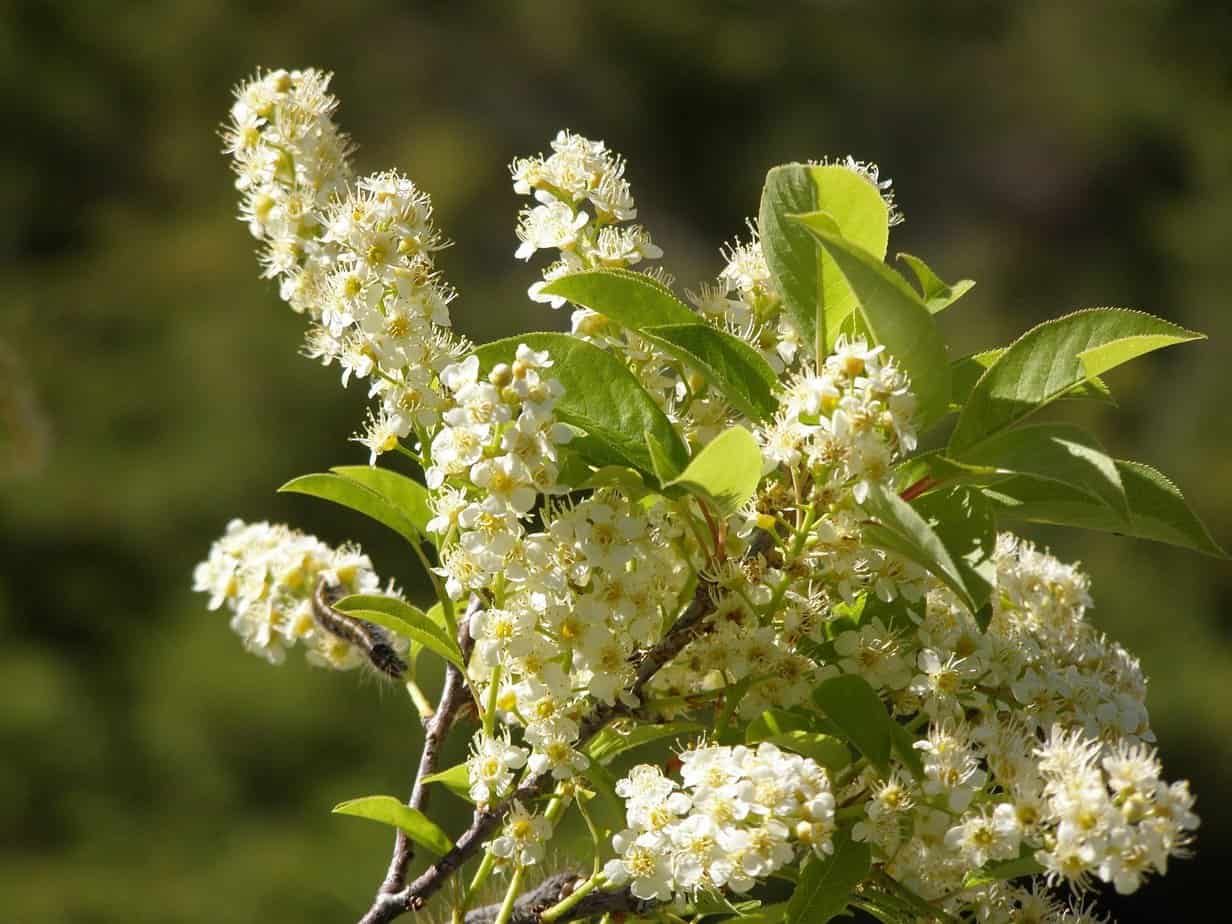
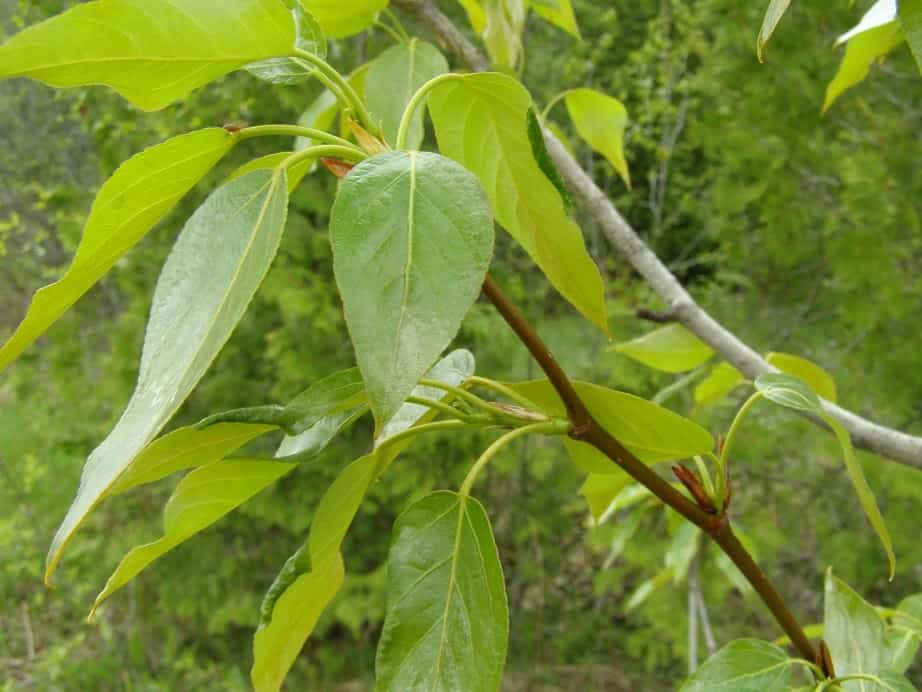
Phenology
For nature enthusiasts, one of May’s greatest pleasures is seeing the first bird of a given species to return or wildflower to bloom. For many, it’s the first ruby-throated hummingbird or the first white trilliums. The art of observing and recording the annual cycle of “first events” is known as phenology. Phenology deals with the relationship between the changing seasons and climate and the related changes and movements of plants and animals. Keeping track of the dates of first happenings not only enhances the pleasure of seeking out these events but provides a reassuring measure of order and predictability to nature. It also serves as a way of being attentive to all that surrounds us. The iNaturalist website and mobile app are fantastic tools for both species identification and recording your observations.
Phenological awareness helps us see the land as a whole. You soon develop a sense of what other phenomena in nature should be happening at the same time as the event you are observing. For example, when the first hummingbirds and Baltimore orioles return, American toads are singing their long, fluid trills; painted turtles are basking on logs; porcupines and groundhogs are giving birth; pregnant queen bumblebees are foraging at flowers; trilliums and trout lilies are beginning to bloom; and the Leo constellation looms high overhead in the night sky.
To a large extent, “seeing” means knowing what to expect – and what not to expect – given the time of year and habitat. It’s the cornerstone of most plant and bird identification and a way to mentally organize and retrieve information about the natural world. It also avoids confusion. For example, any waxwing you see in May is almost certainly a cedar waxwing and not the very similar bohemian. The latter are usually long gone by this date.
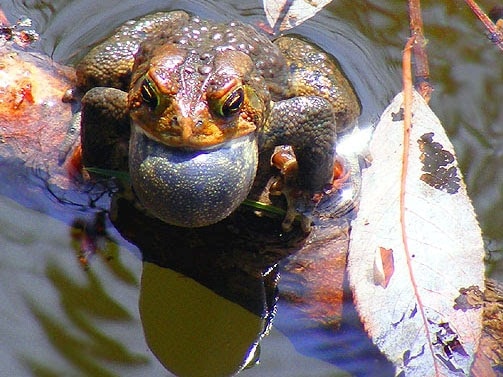
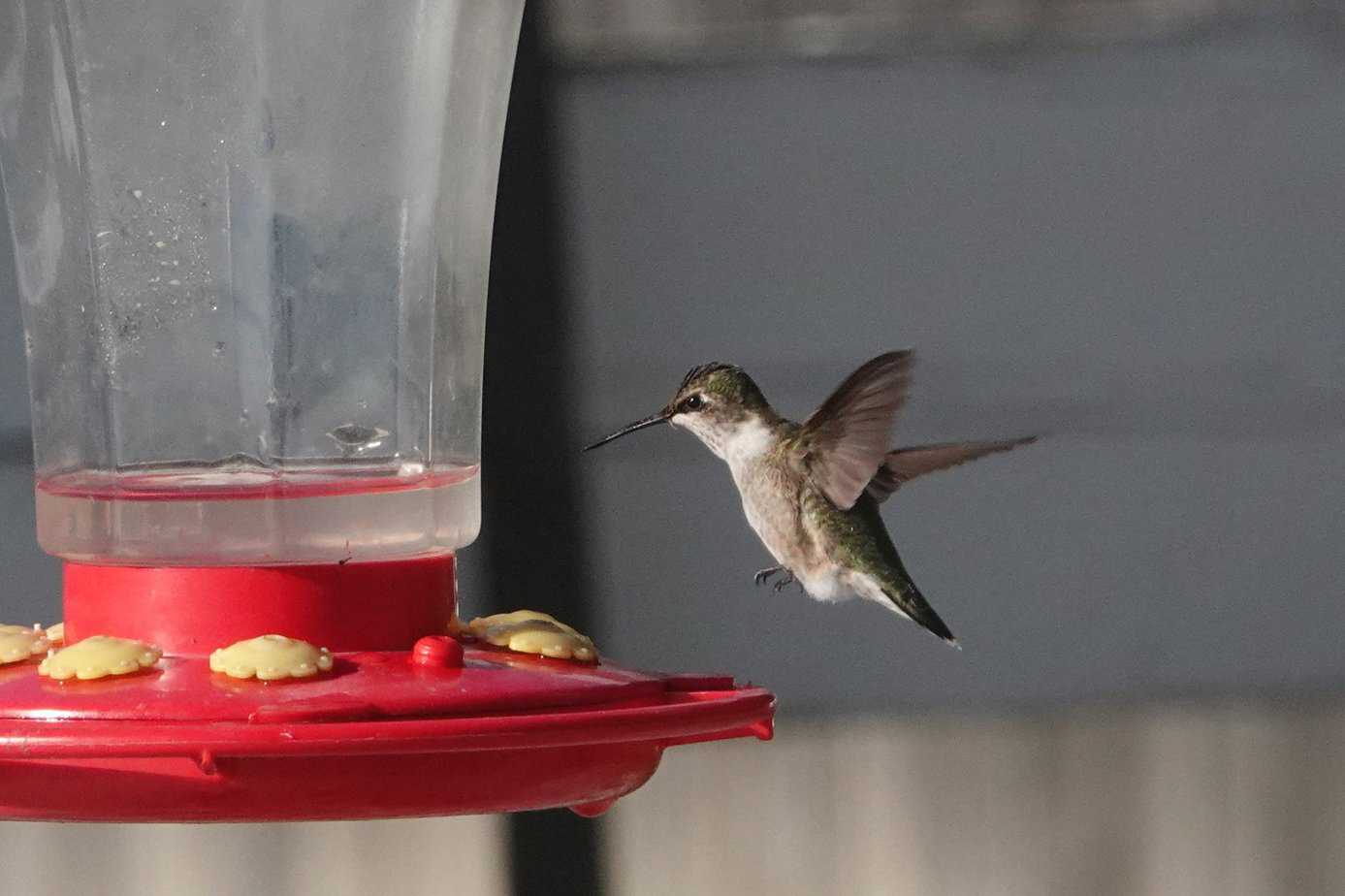
Climate change
Obviously, there is natural variability in the timing of first occurrences. Factors such as normal changeability in weather patterns can delay or hasten events. Now, however, phenological records are providing further evidence of how quickly climate change is having an impact. We need look no further than what occurred here in mid-April.
Earlier leaf-out might seem inconsequential until you begin to think of how finely-tuned much of nature is. It all comes down to food. When abnormally warm weather causes plants to come into leaf earlier than usual, the caterpillars that feed on these leaves emerge earlier, too. With continued spring warming expected due to global heating, scientists fear that the hatching of baby birds – especially those of migrants from the tropics – will be increasingly mismatched with peak caterpillar numbers. This could result in less breeding success leading to population declines.
Birds like orioles and warblers returning from the tropics know when to begin their northward migration based on changes in daylength. Climate change, however, has no effect on how long the days are. Most tropical migrants still depart and arrive back on nesting grounds at the same time as before. Still, there is some variability. In a warming world, individuals that arrive earlier may have the advantage. Not only will they have more food for their nestlings, but they may also get better territories than the slowpokes. If the genes for early migration are passed on, the average time of arrival for the entire population will shift. Unfortunately, this will require many generations and is unlikely to happen fast enough to avoid serious declines in numbers.
American biologist and writer, Bernd Heinrich, suggests that “most of us are like sleepwalkers here, because we notice so little.” In our hectic, modern world, so much of nature has been reduced to documentaries on Netflix and the green blur that rushes past on the other side of closed car windows. One of the remedies is learning to pay attention to the natural world in the context of time – the passing seasons – and in the context of place – our wonderful Kawarthas. This is what inspired me to write my books on nature through the seasons and is a huge part of my motivation to do this column.
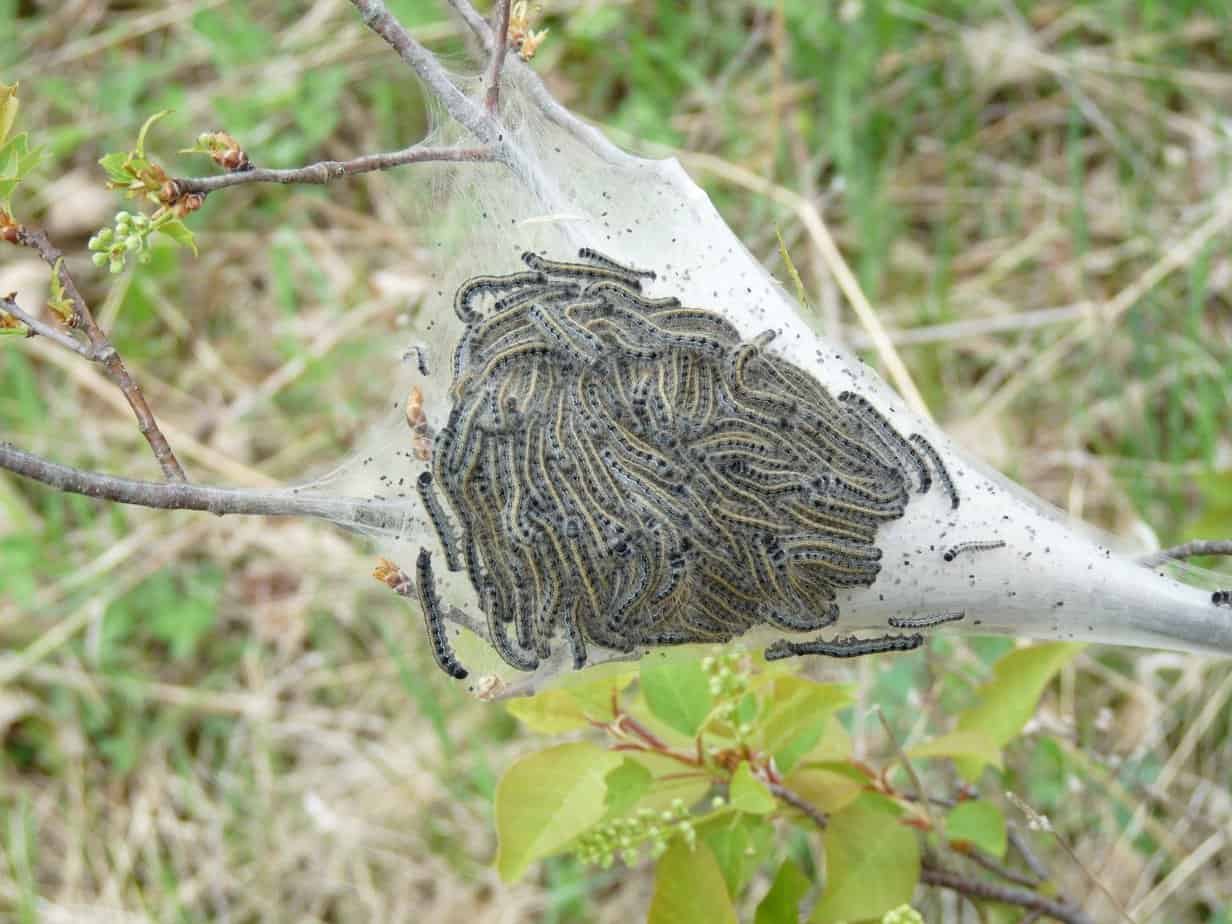
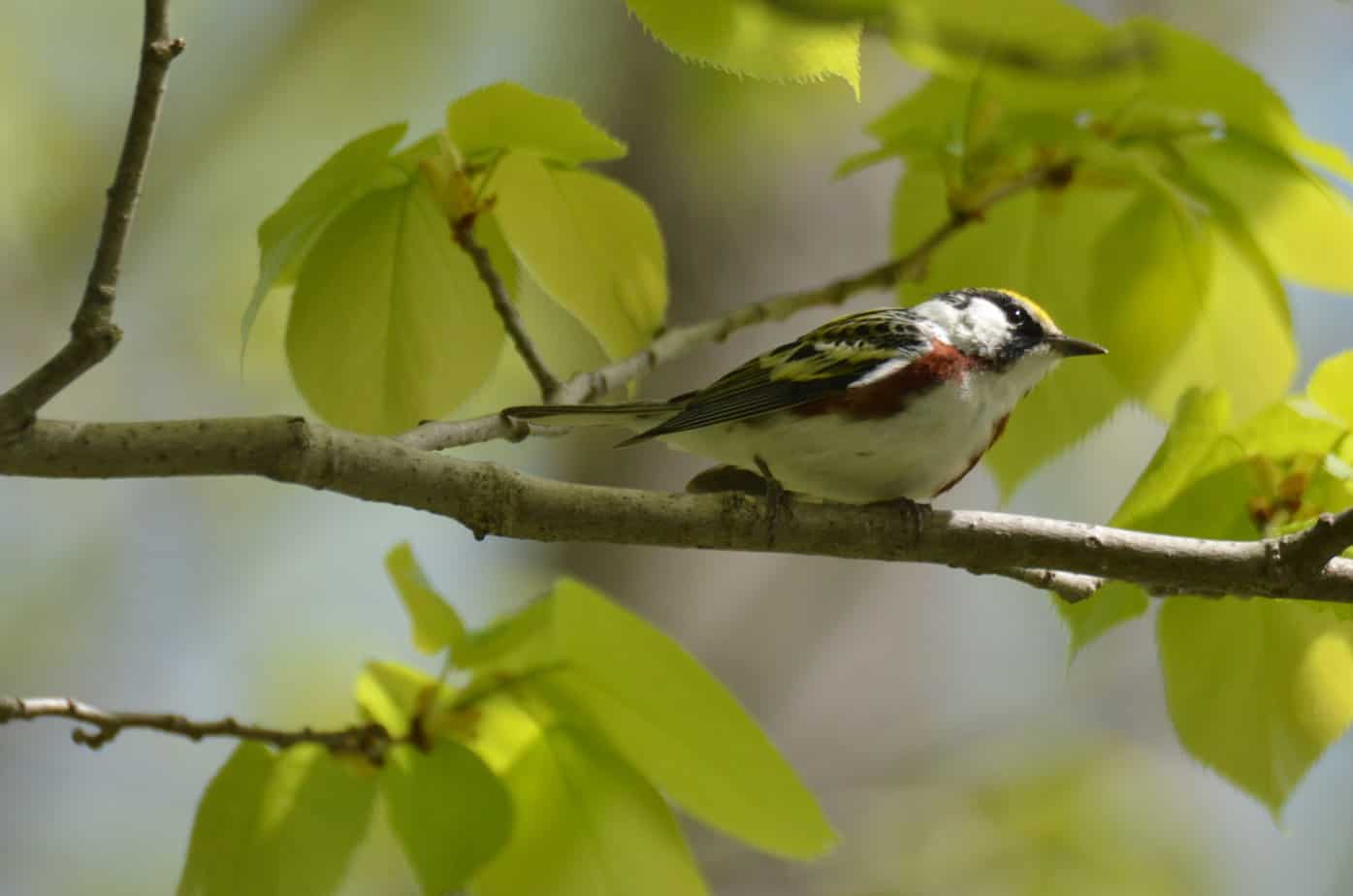
CLIMATE: RECORD CO2
Carbon Dioxide: Once again this past week, atmospheric CO2 levels set a new record in human history. For the week ending April 29, readings registered 424.40 parts per million (ppm), compared to 420.19 ppm one year ago. This is a huge increase in one year and means emissions are still going up. Coal use is a big factor. It has made a resurgence, largely because of the increase in natural gas prices as result of the war in Ukraine.
Upcoming events: On May 8 from 7 – 8 pm, Dr. Anne Pasek, an Assistant Professor in the Department of Cultural Studies and the School of the Environment at Trent University, will be the guest speaker at 4RG Meets. In her talk entitled “Why Diversity is an Asset to the Climate Movement”, she will explore how climate opinion and engagement in climate action vary across communities based on race, gender, class, age, partisan affiliations, geography, and religion. Dr. Pasek will outline the strategic value of diversifying the climate movement and present several potential strategies. Register for this Zoom event at https://tinyurl.com/49n535ws or email 4RGmeets@gmail.com